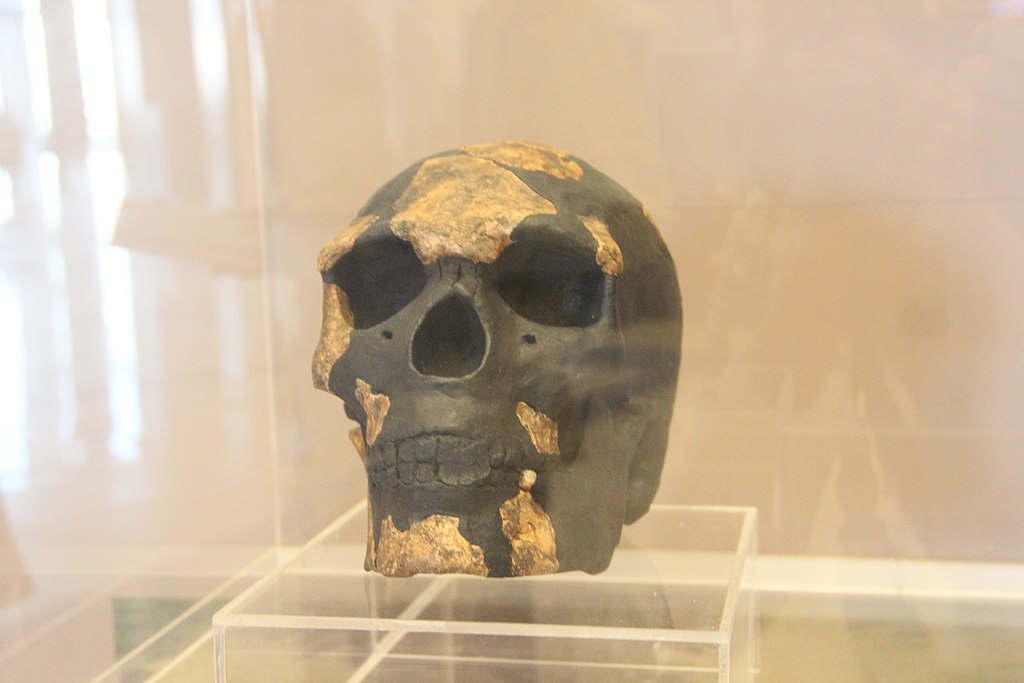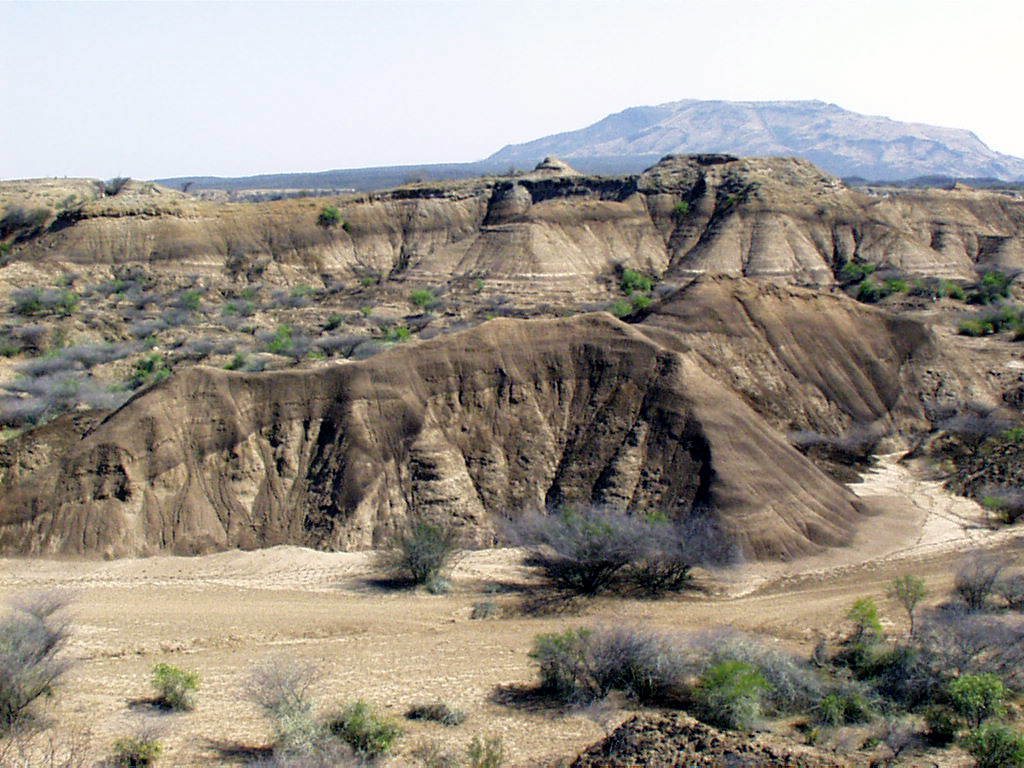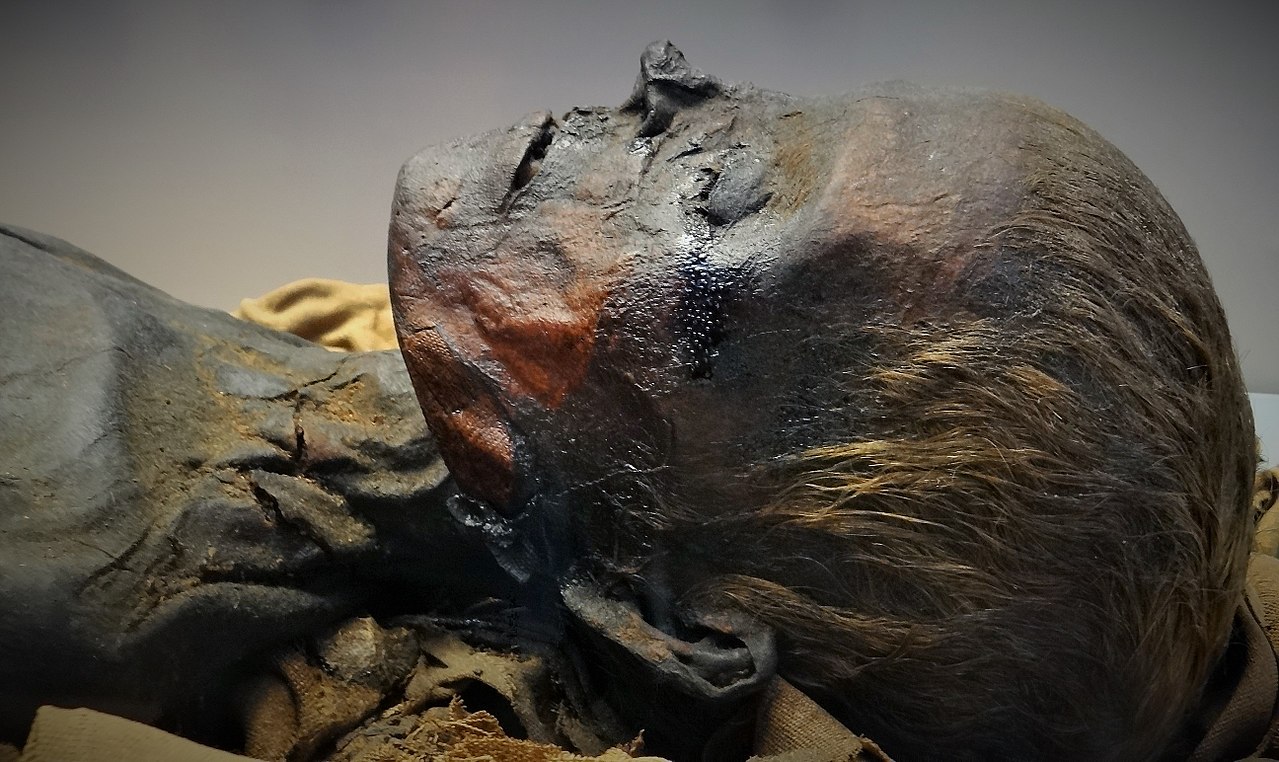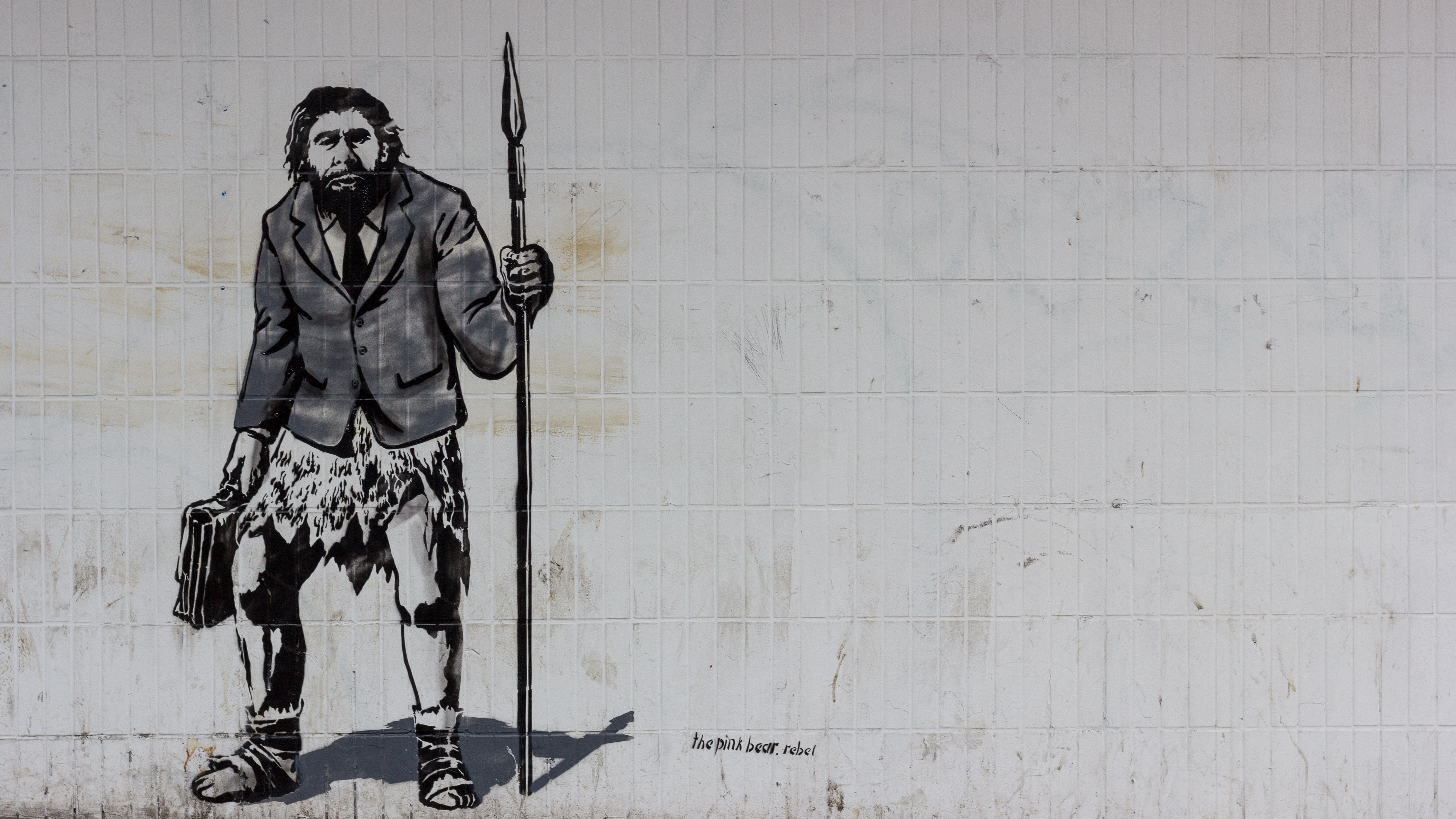Identified: the oldest known remains of modern humans in Africa

- Among archaeologists, the Omo Kibish Formation in Ethiopia is known as a hotbed for hominin fossils.
- One fossil, Omo I, was previously dated to around 190,000 years. Now, a new study places its age at 230,000 years.
- The researchers arrived at their conclusion by studying volcanic sediment rather than the bones themselves.
In another eon, the Omo Kibish Formation of southwestern Ethiopia was home to several species of ancient humans. Our distant ancestors had plenty of reason to settle in what was then a fertile volcanic rift valley. Rainfall collected in lakes provided easy access to food and fresh water. Meanwhile, excavations from Omo Kibish show that the volcanic rock found throughout the region was an excellent material for toolmaking.
Knowing this, it should come as no surprise that Omo Kibish is known as a hotbed for hominin fossils and artifacts. Aside from numerous stone tools, the incomplete skeletons of at least two hominins were recovered from the sediment. Despite some small morphological differences, both were recognized as members of our own species, Homo sapiens, and relics of a crucial time in our evolutionary history.
Determining the age of these ancient humans, which were called Omo I and Omo II and recovered during the 1960s, has proven challenging due to their deteriorated state. And yet, even with the limited means available, three different research projects from 2005 to 2012 determined their age to be remarkably old, at around 197,000 years. (For context, it is believed that Homo sapiens first emerged around 300,000 years ago).
Now, it turns out these fossils — specifically, those belonging to Omo I — are older still. Recently, a team of researchers from the University of Cambridge concluded they were at least 230,000 years old. Their findings, published in Nature, crowned Omo I the oldest Homo sapiens fossil in eastern Africa and a strong contender for some of the oldest remains of Homo sapiens in the entire world.
Oldest Homo sapiens of all time?
The research project was not carried out by paleontologists, but geographers. This is because, rather than attempting to date the fossils themselves, it was decided to date the sediment atop the fossils instead. Doing so would not reveal Omo I’s exact age. However, it would provide researchers with a reliable estimate for the fossils’ minimum age, as the bones could never be younger than the ground layer above them.
Dating the sediment, while easier than dating the bones themselves, posed some fair challenges of its own. “The fossils,” Dr. Céline Vidal, one of the geographers who worked on the study, said in a press release from the University of Cambridge, “were found in a sequence, below a thick layer of volcanic ash that nobody had managed to date with radiometric techniques because the ash is too fine-grained.”

The project, directed by Vidal along with her colleague, the British volcanologist Clive Oppenheimer, is only a small step in a larger, four-year research campaign that sees their team dating every major volcanic eruption in the Ethiopian Rift. These eruptions, which took place around the same time that Homo sapiens first evolved, not only tell us about Middle Pleistocene ecology, but the evolution of our own species.
For their tests, the researchers collected volcanic rock at Omo Kibish, not far from where Omo I’s remains were found. This porous rock, created by the solidification of gas-rich lava that originally may have come from the Shala volcano 400 kilometers away, was ground down to sub-millimeter size. “Once you’ve crushed the rock,” Vidal explains, “you free the minerals within, and then you can date them.”
The minerals were dated to 230,000 years, meaning the remains buried underneath the volcanic ash must be slightly if not significantly older. Though not entirely unexpected, the results were nonetheless astounding.
Omo I and the history of humanity
The newly estimated age of Omo I casts previous assumptions into doubt. Between Omo I and Omo II, Omo II often has been described as possessing more primitive features. “Unlike other Middle Pleistocene fossils,” says study co-author Aurélien Mounier from the Musée de l’Homme, “Omo I possesses unequivocal modern human characteristics, such as a tall and globular cranial vault and a chin.”
The findings, while convincing, won’t settle the debate on human evolution. “We can only date humanity based on the fossils that we have,” Vidal says. “The study of human evolution is always in motion: boundaries and timelines change as our understanding improves. These fossils show how resilient humans are: that we have survived, thrived and migrated in an area that was so prone to natural disasters.”
Regardless of these small question marks, the study wraps up by stating the “new age constraints are congruent with most models for the evolution of modern humans” — that is, models that estimate Homo sapiens to have originated and diverged from other archaic humans anywhere between 350,000 and 200,000 years ago.
Having determined the minimum age of Omo I, the study says the next objective should be to ascertain the fossils’ maximum age. Given that Homo sapiens is believed to have emerged in the same region where Omo I was found, Vidal and her team hope the dating of other layers of volcanic ash throughout the Rift might help paleontologists fill in the gaps of our evolutionary history.





